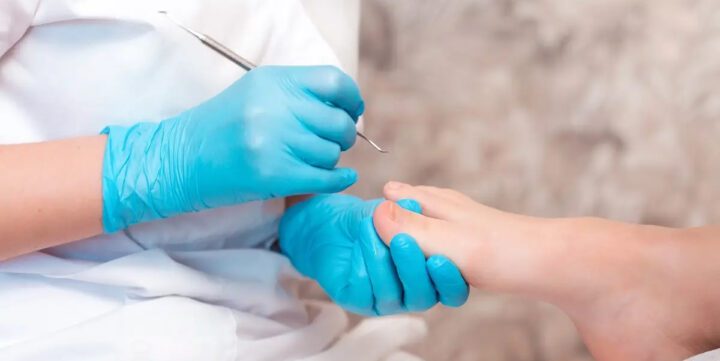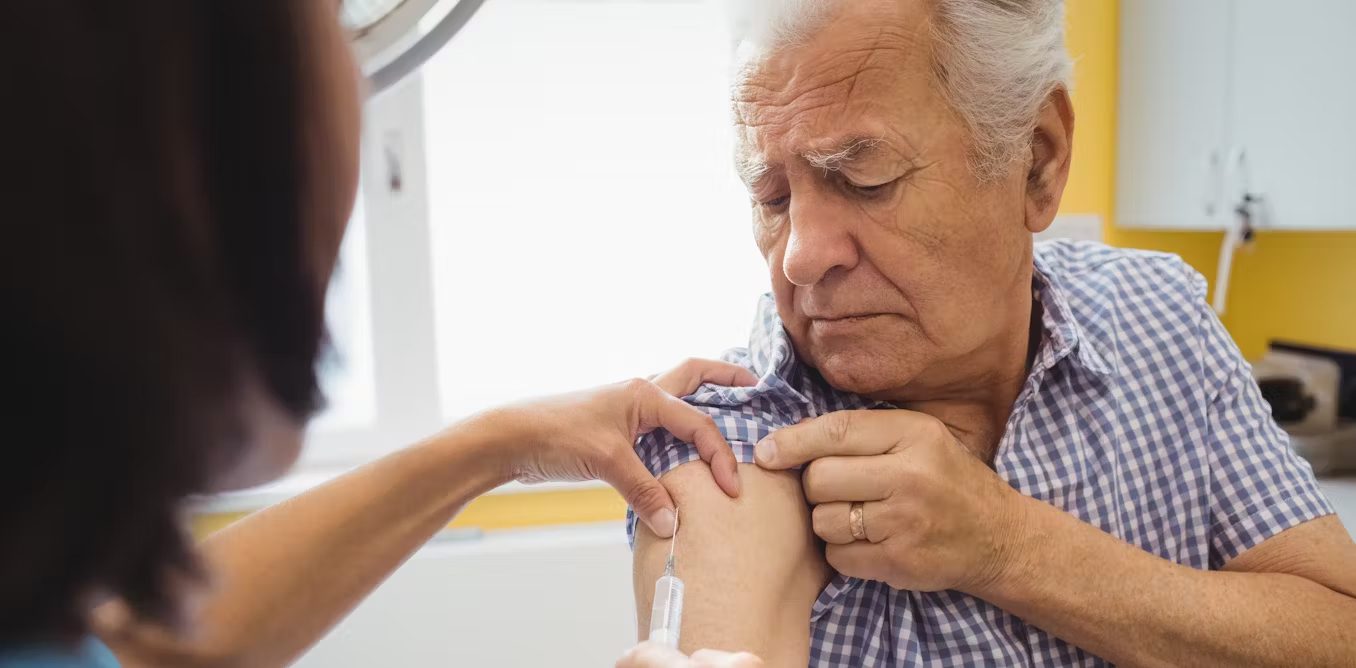Course Spotlight: Nail Surgery with the APodA
February 19, 2025
An Essential Education
In the realm of foot health, nail surgery remains a cornerstone procedure for addressing stubborn ingrown toenails, chronic infections, and other complex nail pathologies. Yet despite its importance, many podiatrists and general practitioners (GPs) find themselves in need of comprehensive, updated training to refine patient selection, master conservative treatment approaches, and achieve consistent, data-backed outcomes. Recognising this need, the Australian Podiatry Association (APodA) has developed a robust, evidence-based e-course on nail surgery, designed to equip clinicians with the knowledge, technical skill, and confidence required for safer, more effective patient care.
One of the most common risk factors to poor outcomes in nail surgery is unfit patient selection, and ill-fitting equipment—primarily by GPs who often don’t stock the nail surgery kit a podiatrist would. Learning more about the steps and process developed to minimise infection risk and reduce recurrence of the offensive nail, is vital in establishing good clinical expectations and long term outcomes.
Meeting a Critical Clinical Need
Paronychia, commonly known as an in-grown nail, is a frequent source of underlying infection that can have serious consequences if left untreated. The condition usually begins when the edge of the nail grows into the surrounding skin, causing inflammation, pain, and swelling. Because the nail bed is a warm, moist environment, bacteria can rapidly proliferate, increasing the risk of more severe infections and abscess formation. If neglected, the infection can spread beyond the local tissue and, in rare cases, lead to complications such as osteomyelitis or even sepsis. Prompt intervention—which may include appropriate wound care, infection control measures, and in some cases surgical management—can help prevent these potentially dangerous outcomes.
Nail surgery has evolved significantly over the years, with innovations in local anaesthetic techniques, infection control, and postoperative management. Given the diverse presentations of nail pathology—ranging from ingrown toenails to deformities arising from trauma—making the correct treatment choice can be challenging. Without a solid educational foundation, clinicians may risk suboptimal outcomes or patient dissatisfaction. By bolstering competencies across a spectrum of key areas—including conservative measures, sterile procedures, and adept application of anaesthetic agents—podiatrists and GPs can improve patient outcomes and reduce the incidence of complications.
About the e-Course
The APodA Nail Surgery e-course is specifically designed to bridge any existing knowledge gaps and provide a thorough refresher on best practices in nail surgery. Delivered by an industry expert, the program addresses all stages of the procedure, starting with patient and procedure selection. This involves learning how to screen patients for suitability through comprehensive history-taking, careful clinical evaluation, and a clear process of informed consent, leading to sound decisions about which surgical approach best suits each individual case.
A key component of the course focuses on local anaesthetic injection, which is fundamental to achieving painless, successful nail surgery. Participants develop expertise in setting up for injections, mastering the correct technique, recognising contraindications, and calculating the maximum safe dosages of anaesthetic agents. Infection control is also highlighted, with hands-on instruction in open gloving techniques, maintaining a sterile field, and following best practices to prevent surgical site infections.
Another central aspect of the e-course explores nail procedures, from the essential steps involved in setting up a surgical station to the detailed, methodical instructions for performing a nail avulsion. Visual demonstrations supplement this instruction, ensuring that clinicians acquire both theoretical knowledge and practical proficiency. The final element of the program covers postoperative management, including dressing regimes, documentation requirements, and best-practice follow-up protocols to promote effective recovery and ongoing patient care.
Your Presenter
This e-course is presented by Mr. Dane Cartwright, an accomplished podiatrist with a solid background in both clinical practice and academia. Since graduating from Charles Sturt University in 2012, Dane has broadened his expertise by working in private practice, where he refined his skills in custom foot orthotics using computer-aided design and manufacturing processes. His qualifications include certification in basic surgical training and education, as well as advanced life support, medical laser safety, radiation safety, cannulation, and venepuncture.
More recently, he earned a Master of Science degree in the Theory of Podiatric Surgery at Glasgow Caledonian University. Throughout his career, Dane has served as a podiatric surgical assistant, lectured at the University of South Australia, and presented at both state and national podiatry events. His extensive knowledge of in-room minor surgical procedures makes him ideally positioned to lead this comprehensive course.
For more information or to sign up to the course — visit https://app.medcpd.com/courses/4490












